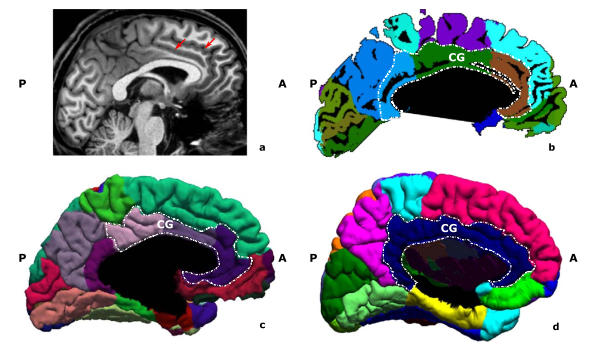Agenda for Open Neuro-Imaging Research
Is the Agenda for Open Research possible to achieve for neuro-imaging?
There is a push in psychology to go 'open' and several options are proposed in the Agenda for Open Research. 'A minimum requirement for publication of any scientific results must be
the public submission of materials used in generating those results'
In the Agenda, it makes the point that we, researchers and reviewers, must enforce data sharing and the like. Clearly I'm all for it, as openness is key to ensure reproducibility - but is it possible for imaging data?
Data must be made publicly available
This one is relatively simple. There are many places where imaging data can be shared (OpenfMRI, NITRC, figshare, etc). Even better, you can publish about your data alone in e.g. Data in Brief, Frontiers in Neuroscience, F1000 Research, GigaScience, Journal of Open Psychology Data, or Scientific Data. Similarly universities are getting geared up for data sharing, so really there are no excuses not to share.
Some things are however not totally clear, and until standards are defined it is worth thinking about it ..
What format to use?
seems obvious .. 3D and 4D NIfTI
What naming convention?
INCF is working on it .. but that's pretty simple: T1, T2, T2*, FLAIR, etc .. are the name to use for your files.
What metadata?
Information directly associated for images must be available with the images (eg b0 for DTI, tasks and log files for fMRI). In addition subject's demographic data and study background must be provided.
Code, syntax, or spreadsheets containing all analysis, model-fitting, and simulation code must be made publicly available
Contrary to behavioural data analysis (which btw can be quite subtle and complicated too), neuro-imaging data analysis is always something overly complicated that relies, more often than not, on multiple software. Here I'd definitively suggest being more open minded, and try to figure what can be shared - refusing a review or accept a paper for not sharing the analysis script is too harsh (for the moment ..)
1 - try to code each step
For many this is a big ask - indeed we are use to graphical interfaces. The problem is that we cannot describe every single steps done on a GUI. One option is to create or use templates, or batch, or ready made pipelines. Scripting becomes easy as the user only have to call the routines proving a minimum number of parameters. Clearly there is room for improvement here - we are missing tools to help researchers create or generate scripts. So for now it's up to you! but no script = no replication.
2 - share using the Neuroimaging Data Model
SPM, FSL, AFNI have now option to export results using the NIDM. By doing so, data becomes easily readable by any of the major software and this is thus the preferred solution.
3 - specify versions
To ensure the code used can be re-used, it is essential to indicate software name, web address, version etc ...
Stimuli and materials must be made publicly available
OK this one is for fMRI, EEG, etc - any repository can support such files, so no excuses. Make sure to attache a license allowing modification and resharing.
If exceptions to these requirements are requested, clear and specific legal or ethical arguments should be made
Typically, neuro-imaging is done on healthy controls or on patients, and sharing can become tricky. When patient's symptoms are rare, or metadata are specific, it becomes possible to identify individuals. Although this complicates the situations, it is still possible to share. For instance, we can have the data on a repository but with controlled access (the data on request is not good enough). With such model, it becomes difficult not to share ...


Comments
Post a Comment